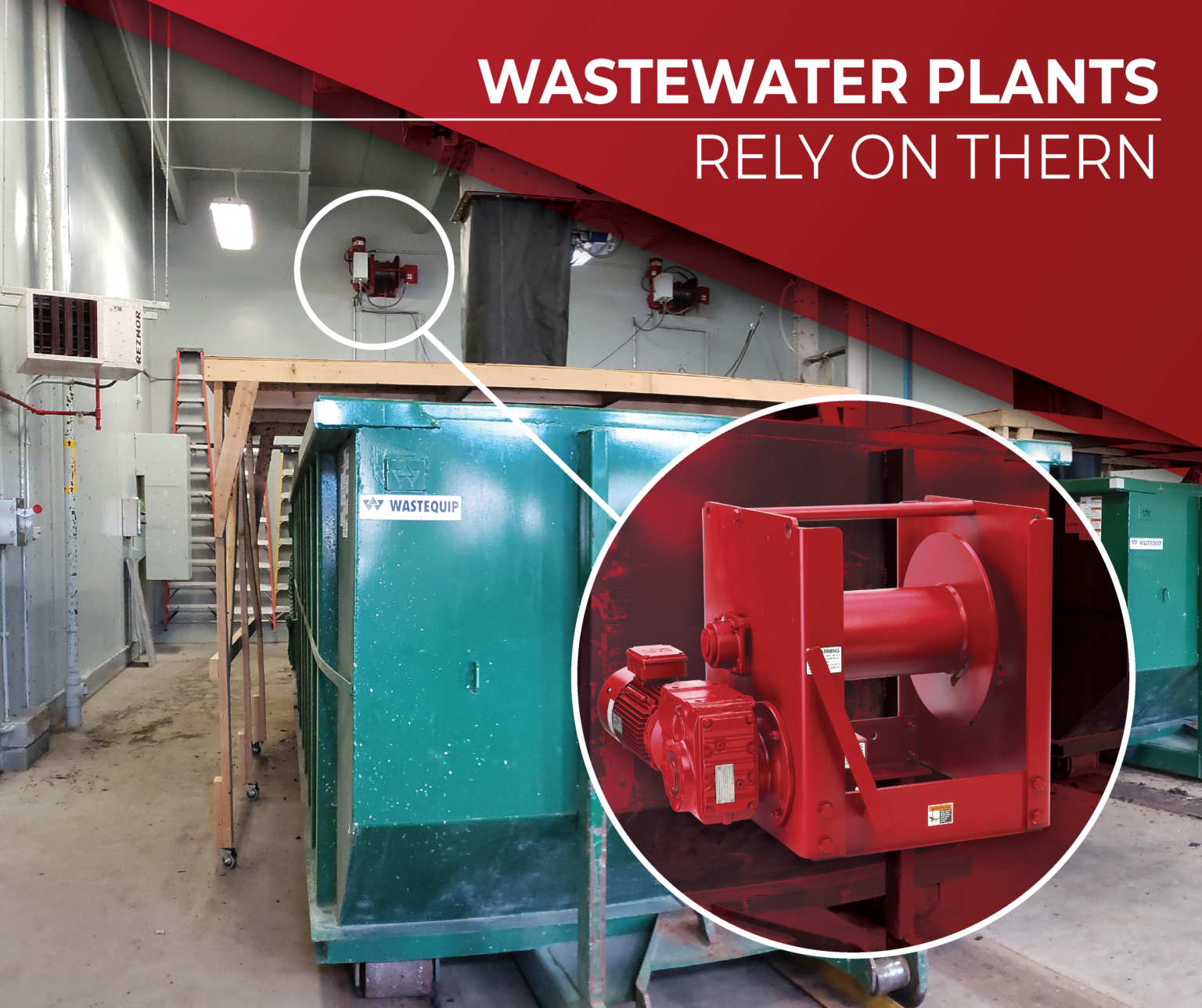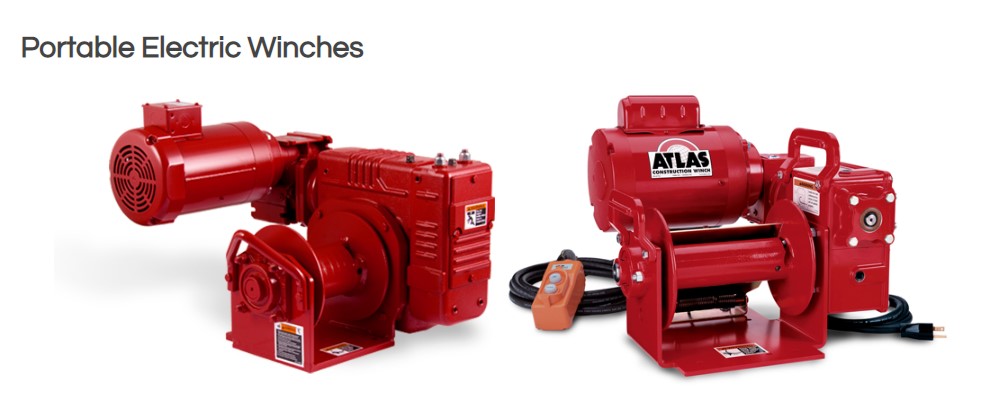Tuesday 18th October 2022

What is Wastewater?
How does the wastewater treatment process work?
The wastewater travels through the large main sewer system underground to the wastewater treatment plant. As it reaches the plant, the water will be screened to remove any large items or debris from the sewage.
2. Preliminary Treatment
At this stage, the sewage is forced through the grit chamber. Water makes its way from large screens to small screens, removing objects as small as a match.
3. Grit Removal
The water is then pumped into sedimentation tanks to separate the components of the sewage even further. This removes all remaining grit from the water to be disposed of as it cannot be reused due to high contamination.
4. Primary Treatment
The water flows into primary settling tanks, and is guided towards the hopper in the base of the tank. During this, the hopper arm moves around the edge of the tank. This allows for the treated water to move towards the edges and the sedimentation to flow and settle at the bottom of the tank.
5. Secondary Treatment (biological stage)
The wastewater treatment plant will use bacteria to consume contaminants, carbon, phosphorous and biodegradable organics. This will turn into sludge, excess sludge is pumped out and moved to the digestion tanks for further treatment before the water will enter the settling tanks.
Digestion Tanks Sludge is heated and mixed. Biogas is produced during this process from the sludge. Wastewater treatment plants can reuse this for electrical and thermal energy production. Water is then separated from the sludge and taken back for further treatment.
6. Disposal of sludge
All of the sludge gathered is disposed in a sanitary landfill. After about a month sludge will be dried out enough to use for agricultural reasons such as fertilization of industrial crops.
7. Disinfection and Deep Inspection
The final step to the treatment plant undergoes a thorough
inspection to analyze the contamination level. They make sure the treated water
is acceptable to the highest standards. If the water passes this inspection it
can be reused for domestic or industrial purposes.
For disinfection, treated water (also known as effluent) is
sent through a chamber or series of reservoirs to allow sufficient time for
chemicals or light to kill bad microorganisms that have not been removed. This
effluent is now called ‘reclaimed water’ and is released back to the
environment for beneficial purposes.
Wastewater treatment plants must reach a certain quality
standard at the end of this process. In order to have this quality, they must
make sure they stay up to date on maintenance and equipment. This equipment can
be heavy and hard to maneuver.
Maintenance
In order to ensure high-quality water at the end of the treatment
process, the plants must make sure that their equipment is well kept and they
are up to date on all maintenance. Davit cranes are typically used for lifting,
lowering, and/or positioning equipment at a treatment plant. Most commonly,
they are used for maintenance purposes of submersible pump/mixers, WAS/RAS
pumps, chopper pump maintenance, UV bulb replacement on UV Modules, lifting
trash baskets for disposal, or positioning stop logs/dam gates.
Both jib and davit cranes can be used to accomplish this.
While both can get the job done, a davit crane is better suited to complete
this task.
Our Solutions for the Waste Water Industry
Keep looking in any wastewater treatment plant, however, and you may find Thern products doing the heavy lifting of many kinds of wastewater treatment plant equipment.
Solutions to Move & Maintain Wastewater Treatment Plant Equipment
Sludge Cart and Dumpster Positioning Systems
Through the use of a few simple pieces of rigging equipment and Thern’s variable-speed, programmable controls, the loading and unloading process of sludge carts and dumpsters no longer requires extra equipment and time to reposition the receptacle at any stage of the process. Allow the preprogrammed controls to operate the winch to multiple set positions at a simple press of a button.
When floor space is at a premium, Thern winches have valuable versatility. The winches may be mounted on the wall or even ceiling, reducing system footprint.

When your needs move beyond what a hand winch and portable davit crane offer, Thern can continue to provide solutions. Heavy-duty electric winches, portable electric winches, and custom controls are just a small example of what Thern can provide for municipal and industrial wastewater treatment facilities.
Contact Prolift Handling today and leave your heavy lifting to us.


